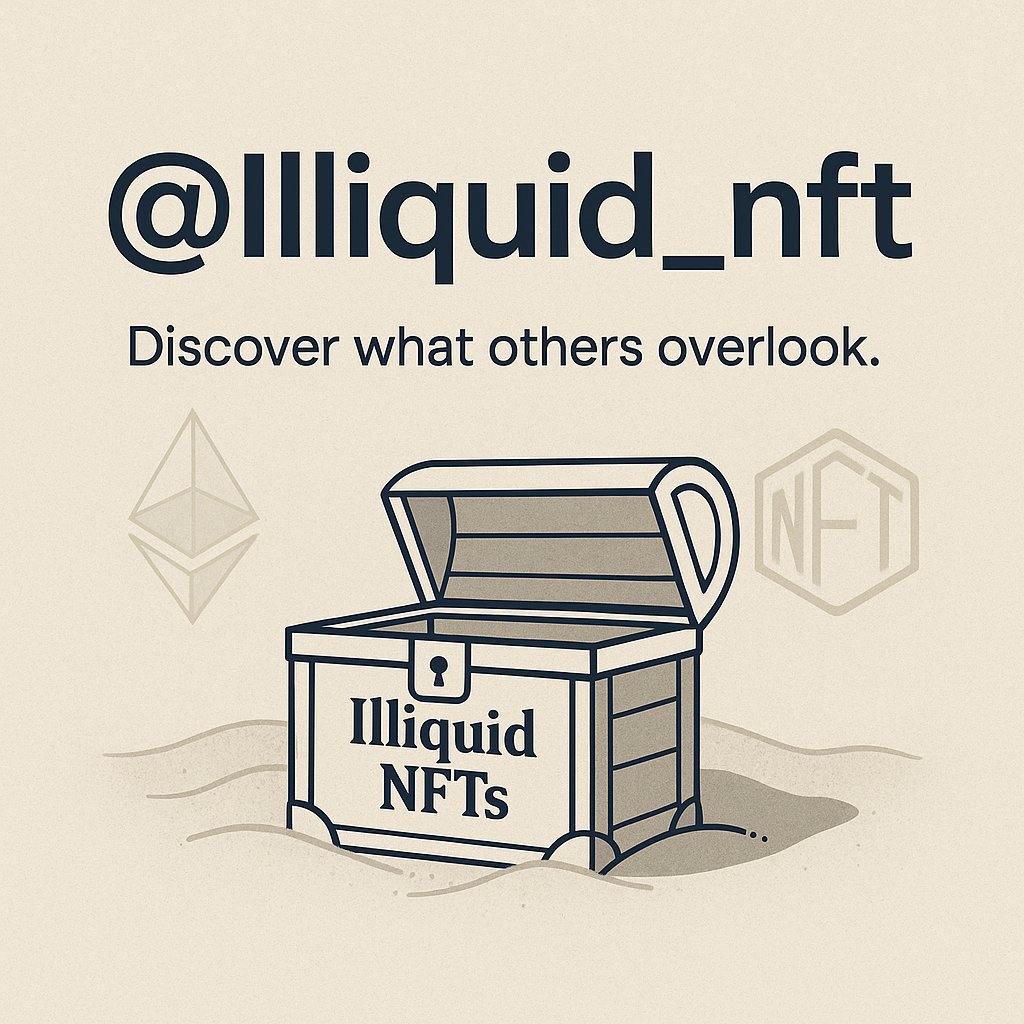The Evolution of Digital Content Distribution: From Crypto-Native to Mainstream
In an era where technology is reshaping every facet of our lives, the landscape of digital content distribution is undergoing a profound transformation. The advent of Non-Fungible Tokens (NFTs) has introduced a novel approach to how digital content, particularly films, can be distributed, owned, and experienced. This shift is not just a technological upgrade but a paradigm change that promises to redefine the relationship between creators and their audiences. Let’s explore the journey of NFT-based film distribution from its crypto-native roots to its potential mainstream adoption.
The Rise of NFTs in Film Distribution
Understanding NFTs and Their Potential
Non-Fungible Tokens (NFTs) are digital assets that are unique and verified using blockchain technology. Unlike cryptocurrencies such as Bitcoin or Ethereum, which are interchangeable, NFTs represent ownership of a specific item or piece of content. This uniqueness makes them ideal for digital art, music, and now, film distribution. The use of NFTs in film distribution allows creators to offer exclusive access, ownership, and even royalties to their audience, creating a new economic model for digital content.
The Crypto-Native Phase
The initial phase of NFT-based film distribution has been largely crypto-native, targeting early adopters and enthusiasts of blockchain technology. This phase has allowed filmmakers to experiment with new distribution methods, gauge audience interest, and build a community around their work. The success of this phase has laid the groundwork for a broader, mainstream adoption of NFT-based distribution.
Films like “Larry Fong’s ‘The NFT Movie'” and “The NFT Film” have been early pioneers in this space, offering exclusive NFTs that grant viewers unique perks such as behind-the-scenes content and virtual meet-and-greets with the cast and crew. These early experiments have shown that there is a market for NFT-based film distribution, but they have also highlighted the need for more user-friendly and accessible platforms.
Transitioning to Mainstream Release
Expanding the Audience
As the technology and market for NFTs continue to mature, the focus is shifting towards mainstream release. This transition involves making NFT-based film distribution accessible to a wider audience, beyond the crypto-native community. The goal is to leverage the benefits of NFTs, such as ownership and exclusivity, while making the process user-friendly and appealing to a broader demographic.
The Dual-Phase Distribution Strategy
The dual-phase distribution strategy, as revealed by @fenzlabs, involves a two-step approach. The first phase targets early adopters and crypto enthusiasts, offering exclusive access and ownership through NFTs. The second phase aims to reach a mainstream audience, providing a more accessible and user-friendly experience. This strategy allows filmmakers to build a dedicated community while gradually expanding their reach.
For example, a filmmaker could release an NFT-based film in two phases. The first phase would be a limited release, targeting crypto enthusiasts and offering exclusive NFTs that grant ownership of the film and access to unique perks. The second phase would be a wider release, targeting a mainstream audience and offering a more traditional viewing experience, but with the option to purchase NFTs for additional perks.
The Impact on Digital Content Distribution
Ownership and Exclusivity
One of the most significant advantages of NFT-based distribution is the concept of ownership. Unlike traditional streaming services, where users rent access to content, NFTs allow users to own a piece of the film. This ownership can come with exclusive perks, such as behind-the-scenes content, merchandise, or even royalties from future earnings. This model creates a stronger connection between creators and their audience, fostering loyalty and engagement.
Economic Opportunities
For filmmakers, NFT-based distribution opens up new economic opportunities. By selling NFTs, creators can generate revenue upfront, reducing their reliance on traditional funding models. Additionally, smart contracts can be used to automate royalty payments, ensuring that creators continue to benefit from the success of their work over time. This model has the potential to democratize the film industry, making it more accessible to independent creators.
Community Building
NFT-based distribution also facilitates community building. By offering exclusive access and ownership, filmmakers can create a dedicated community of supporters who are invested in the success of their work. This community can provide valuable feedback, promote the film, and even contribute to its development. The sense of ownership and exclusivity fosters a deeper connection between creators and their audience, leading to more meaningful and engaging experiences.
The Future of Digital Content Distribution
Technological Advancements
As technology continues to evolve, so too will the methods of digital content distribution. The integration of NFTs with other emerging technologies, such as virtual reality (VR) and augmented reality (AR), could create even more immersive and engaging experiences. For example, NFTs could be used to unlock exclusive VR experiences or AR content, enhancing the value and appeal of digital content.
Regulatory and Market Developments
The regulatory landscape for NFTs and blockchain technology is still evolving. As the market matures, we can expect to see more clarity and standardization in the way NFTs are created, traded, and regulated. This will make the process more accessible and secure for both creators and consumers, paving the way for wider adoption.
The Role of Community and Collaboration
The success of NFT-based distribution will depend on the collaboration and engagement of the community. Filmmakers, technologists, and enthusiasts will need to work together to develop new models, address challenges, and push the boundaries of what is possible. The sense of ownership and exclusivity fostered by NFTs can drive this collaboration, creating a vibrant and innovative ecosystem for digital content.
Conclusion: Embracing the Future
The transition from crypto-native to mainstream release in NFT-based film distribution represents a significant shift in the way digital content is created, distributed, and experienced. By leveraging the benefits of NFTs, such as ownership and exclusivity, filmmakers can build stronger connections with their audience, generate new revenue streams, and foster a sense of community. As technology and the market continue to evolve, the potential for NFT-based distribution is vast and exciting. The future of digital content distribution is here, and it is powered by the innovative and collaborative spirit of the NFT community. Embracing this future means embracing a new way of thinking about digital content, one that values ownership, exclusivity, and community above all else. The journey from crypto-native to mainstream is just the beginning, and the possibilities are endless.





